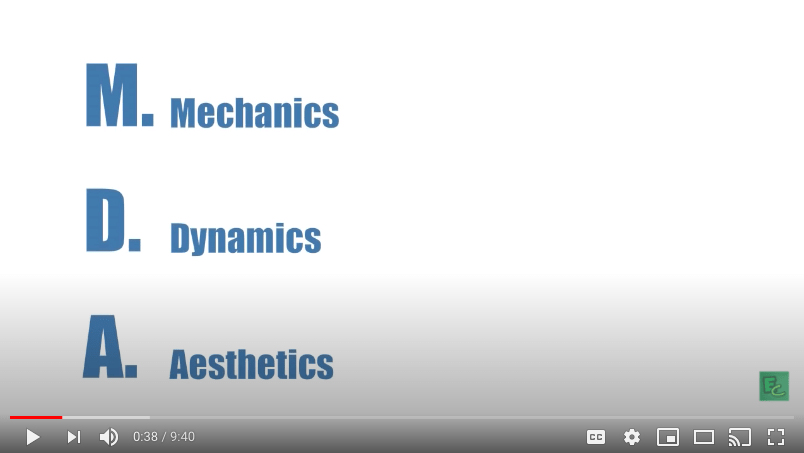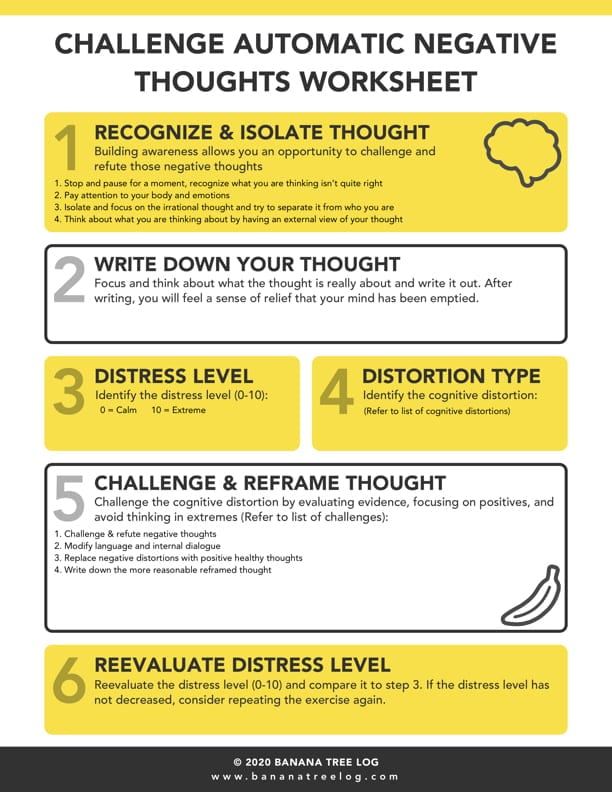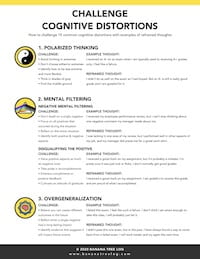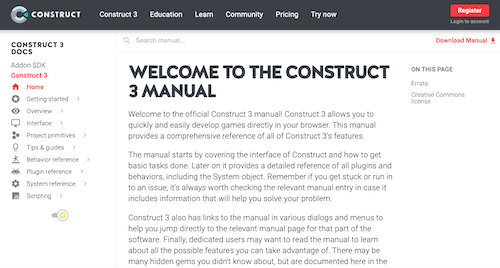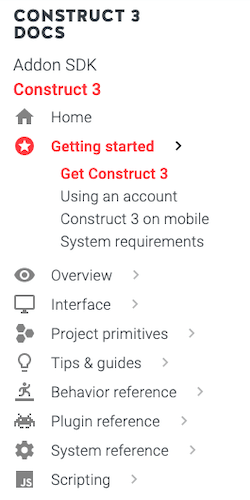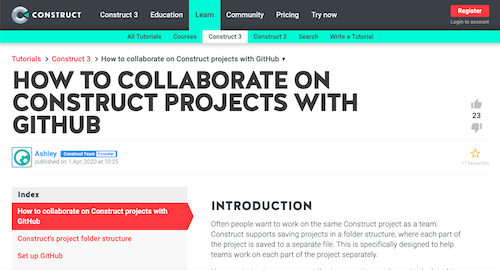- TITLE THIS BLOG POST: Game Analysis: NAME OF GAME
- IF YOU WANT, PLACE A CREATIVE COMMONS IMAGE RELATED TO THE GAME FROM SEARCH.CREATIVECOMMONS.ORG AT THE TOP OF THE POST
- REVIEW THESE ANALYSIS POST EXAMPLES:
- Amnjot’s analysis of Rocket League and Among Us
- Neremiah’s analysis of GTA 5 and Rocket League
- Brev’s analysis of Fallout 4, Skyrim The Elder Scrolls V, and Plague Inc
- Cooper’s analysis of Hades and Sea of Thieves
- Matthew’s analysis of Skyrim and Fallout New Vegas
- Evans’ analysis of CyberPunk 2077 and Onward
- Austin’s analysis of CyberPunk 2077, NieR: Automata,
- Destiny 2, Knights of Pen and Paper 2, and Code Vein
- Ian’s analysis of Fortnite
- Dugan’s analysis of Fortnite and
- Ethan’s analysis of Fortnite and Apex Legends
- Michael’s analysis of Fortnite and Rocket League
- Giovanni’s analysis of Apex Legends
- Alana’s analysis of Overwatch
- John’s analysis of Dragonball Fighterz and For Honor
- Conor’s analysis of Stellaris and South Park: The Stick of Truth
- Jose’s analysis of Nioh 2
- Larry’s analysis of Five Nights At Freddy’s and Call of Duty: Cold War (Campaign)
- Jamel’s analysis of Call of Duty Modern Warfare Multiplayer
- Tess’ analysis of Outlast and Minecraft
- Dylan’s analysis of Counter Strike: Global Offensive (CSGO) and Rainbow Six: Siege
- Jett’s analysis of Valorant
- Jessica’s analysis of Team Fortress 2, Shattered Pixel Dungeon, Magic The Gathering, and Stardew Valley
- Huy’s analysis of Scribblenauts Unlimited, Cuphead, Titan Souls, Helltaker, Right Click To Necromance, and Totally Accurate Battle Simulator, or T.A.B.S
- Eli’s analysis of War Thunder
- Thomas’ analysis of Rust
- Vince’s analysis of Minecraft, Subnautica, and Brawl Stars
- Kaiden’s analysis of 911 Operator, and Call of Duty Cold War
- Peyton’s analysis of Subnautica
- Lucas’ analysis of Among Us and Rocket League
- Gracie’s analysis of Super Mario Galaxy
- Jason’s analysis of Rainbow Six Siege and The Forest
- Jacob’s analysis of The Last of Us
- DELETE ALL OF MR. LE DUC’s ALL UPPERCASE INSTRUCTIONS DETAILED ABOVE
Summary
- IN ONE TO TWO SENTENCES, DESCRIBE WHAT GAME YOU ANALYZED FOR THIS PROJECT AND WHY YOU CHOSE IT
- DELETE ALL OF MR. LE DUC’s ALL UPPERCASE INSTRUCTIONS ABOVE
Game Play Analysis
Formal Elements |
|
The Basics |
REMINDER: PLACE YOUR RESPONSES IN THIS COLUMN (DELETE THIS MESSAGE BEFORE YOU WRITE) |
| Name of the game | |
| The platform | |
| Time played (should be at least 30 minutes) | |
| If you could work on this game (change it), what would you change and why? | |
Players |
NOTES |
| How many players are supported? | |
| Does it need to be an exact number? | |
| How does this affect play? | |
Some types of player frameworks:
|
|
Objectives/Goals |
NOTES |
| What are the players trying to do? | |
Some common objectives include:
|
|
Rules/Mechanics |
|
There are three categories of (what the book Rules of Play calls) operational rules:
|
|
Controls |
NOTES |
| What controls are used? | |
| Was there a clear introductory tutorial? | |
| Were they easy to understand or did you find yourself spamming the controller? | |
Resources & Resource Management |
NOTES |
| What kinds of resources do players control? | |
| How are they maintained during play? | |
| What is their role? | |
A resource is everything under the control of a single player. Could be the money in Monopoly or health in WoW. Other examples are:
|
|
Game State |
NOTES |
| How much information in the game state is visible to the player? | |
A snapshot of the game at a single point is the game state. The resources you have, the un-owned properties in Monopoly, your opponent’s Archery skill all count towards the game state. Some example information structures are:
|
|
Sequencing |
NOTES |
| In what order do players take their actions? | |
| How does play flow from one action to another? | |
Some structures include:
|
|
Player Interaction |
|
Some examples:
|
|
Theme & Narrative |
NOTES |
| Does it have an actual story structure? | |
| Is it based on a historical event (or similar)? | |
| Does the theme or narrative help you know how to play? | |
| Does it have emotional impacts? | |
| Also, look for en media res (does it start in the middle of the game)? | |
The Elements in Motion |
NOTES |
| How do the different elements interact? | |
| What is the gameplay like? | |
| Is it effective? | |
| Are there any points where the design choices break down? | |
Design Critique |
NOTES |
| Why did the designer make these particular choices? | |
| Why this set of resources? | |
| What if they made different decisions? | |
| Does the design break down at any point? | |
Graphics & Sound |
NOTES |
| Does the game art pair well with the mechanics? | |
| Did you find any bugs or glitches? | |
| What about sound? | |
| Can you spot any technical shortcuts? | |
Various Stages of the Game |
NOTES |
| To wrap up, some things to keep in mind (as if there aren’t enough already) as you play: | |
| What challenges do you face, and how do you overcome them? | |
| Is the game fair? | |
| Is it replayable? Are there multiple paths to victory or optional rules that can change the experience? | |
| What is the intended audience? | |
| What is the core, the one thing you do over and over, and is it fun? |
This analysis form was adapted from https://notlaura.com/a-template-for-analyzing-game-design/
Resources
- Playing Like a Designer – I: Examine Your Experiences by Extra Credits
- Playing Like a Designer – II: How to Analyze Game Design by Extra Credits
- Game Analysis Guidelines by MIT
- Level 3.2: Critical Analysis of Games at learn.canvas.net
Books
- A Theory of Fun for Game Design by Raph Koster
- Level Up!: The Guide to Great Video Game Design by Scott Rogers
- Rules of Play: Game Design Fundamentals by Katie Salen


